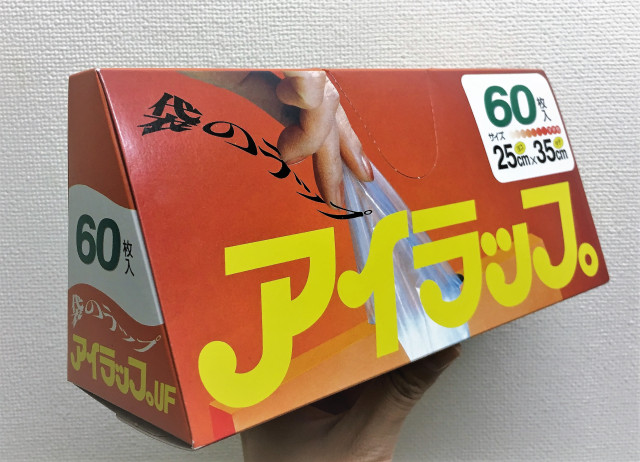
Unless you live in a handful of prefectures, you’ve probably never even heard of I-wrap, but those who know it swear by it.
In light of recent events around western Japan I often find myself casually wondering what household items can help me scale up or down from a fifth-story balcony, and conversations with others casually segue into emergency shelter locations and the topography of the city in the event of flooding or tsunami.
One such conversation between our Japanese writer Masami and her friend in Yamagata Prefecture led to the discovery of I-wrap, a bag-like plastic wrap that’s surprisingly handy. I-wrap is actually sold all over Japan, but apparently only sells well in Yamagata, Toyama, Ishikawa, and Fukui prefectures.
Most people outside of this area have never even heard of I-wrap, including Masami, who, at the suggestion of her friend, picked up a box to try it out.
It’s very easy to see why these unassuming little 200-yen (US$1.79) boxes with 60 bags each get overlooked in much of Japan. But one advantage they have over other wraps is being able to withstand temperatures of over 120 degrees Celsius (248 degrees Fahrenheit), allowing you to cook with them.
This is of special interest to the Japan Red Cross Society, who are said to have begun using I-wrap in food preparation at disaster sites. By boiling food inside these bags they can reuse the water multiple times and make limited supplies last longer.
Likewise, if you find yourself trapped inside your home with no running water you can stretch even a little amount out for a longer time and keep cooking with the help of these bags.
Masami decided to try them out by making a serving of rice, chicken, and mushrooms. It was all very simple. First, she put in some dry rice and the corresponding amount of water. Then, she added the other ingredients and a dash of seasoning.
Another added benefit is that using the wrap to hold everything reduced the contact raw food came into with dishes, thus reducing the risk of contracting food poisoning.
When everything was ready Masami closed up the bag and put it in a pot of boiling water. It is important to use a sieve here so that the bag doesn’t touch the actual pot and start burning.
She left everything to boil for 40 minutes and when that was finished she left it to steam some more as it cooled on the counter. And just like that it was finished!
The rice was evenly cooked and everything turned out great with surprisingly little effort.
Even if you aren’t facing the threat of severe water rationing, I-wrap bags can really streamline meal preparation and save you time and energy on doing dishes. They’re great for camping too and can be used to carry and cook fresh food in.
They’re handy even if your worst emergency is whipping up a pot-au-feu for last-minute guests.
That being said, be sure to use them sparingly, just on special occasions, for the environment’s sake.
Since they’re cheap and compact, I-wrap seem like the kind of thing that’d be better to have and not need that need and not have while stocking up on supplies. You might be surprised to find that they’ve always been sold nearby.
Related: Iwatani Materials, Twitter/@i_wrap_official
Images ©SoraNews24
[ Read in Japanese ]

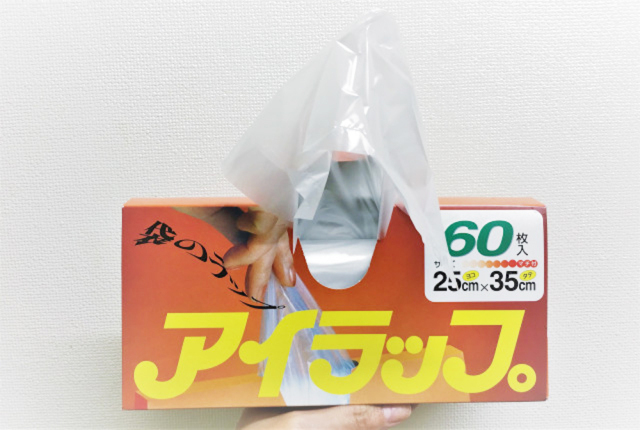
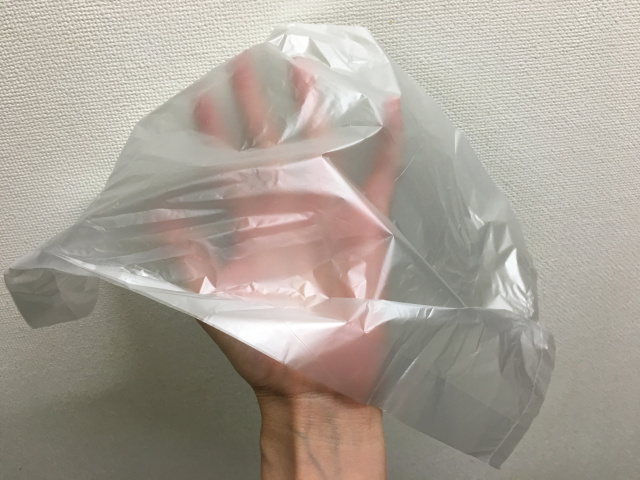

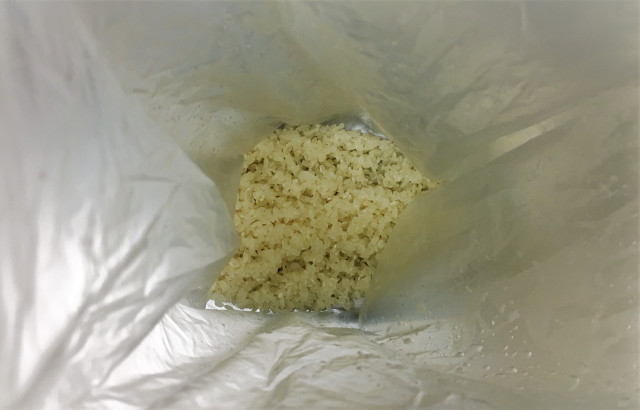
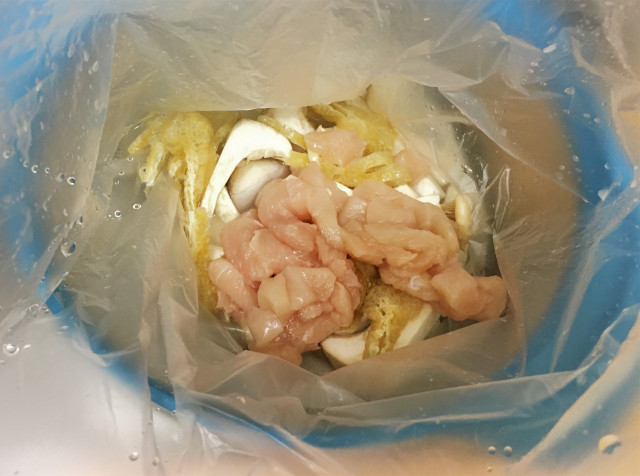
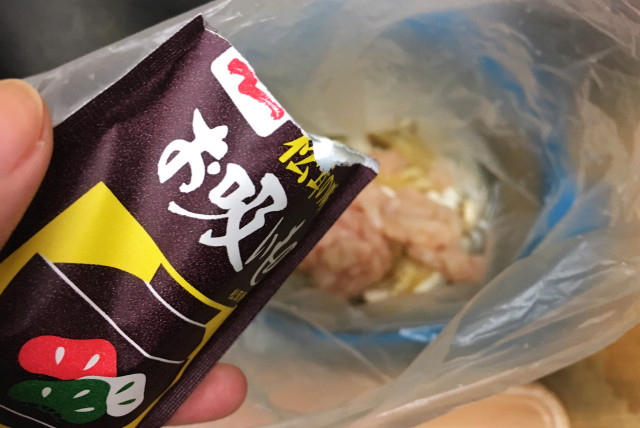
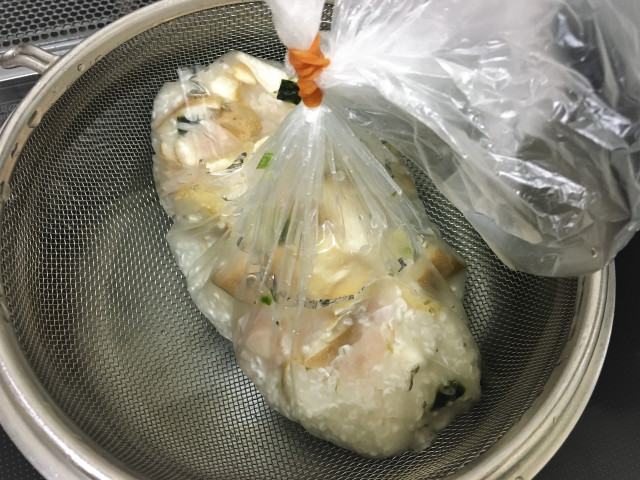
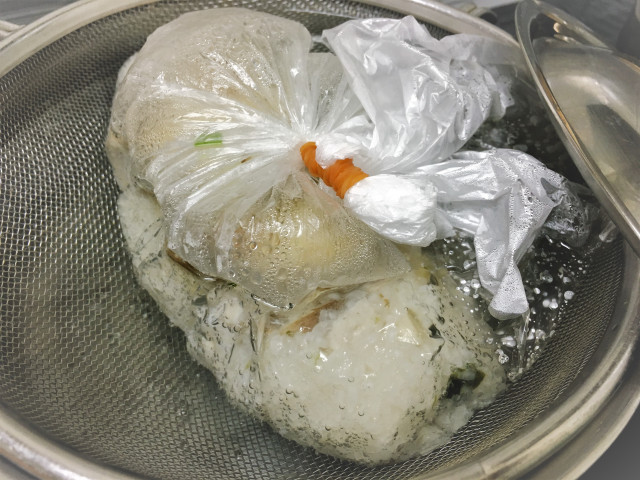
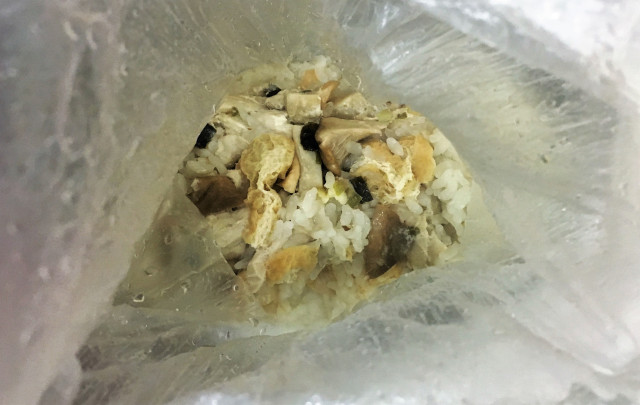
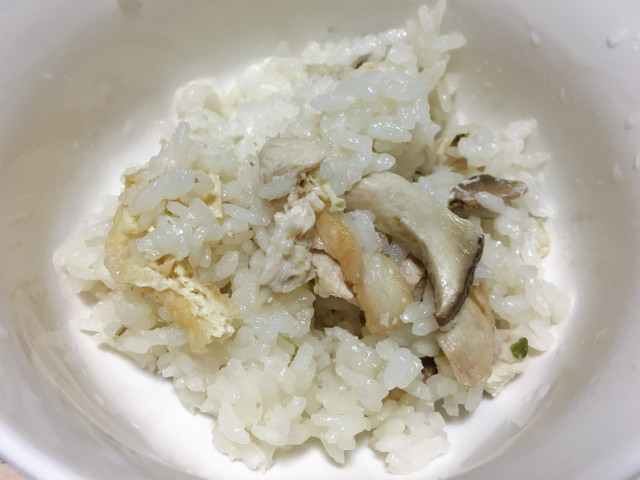
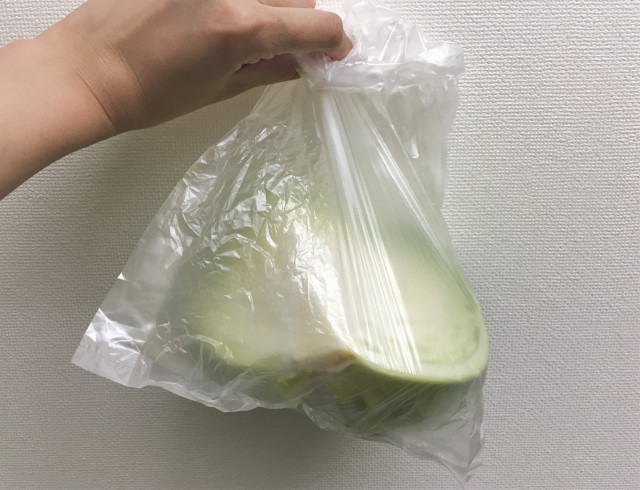
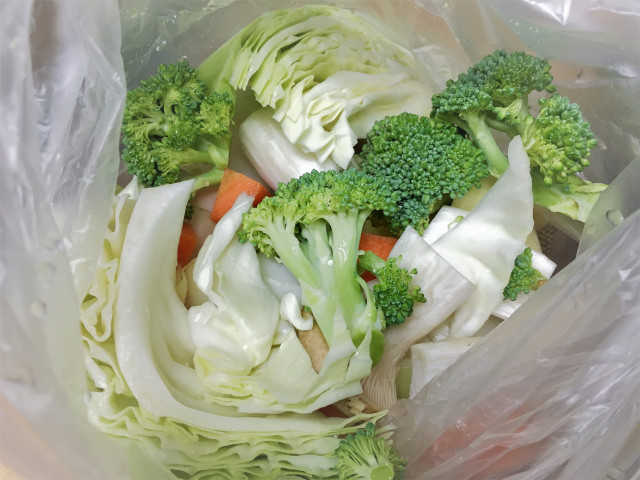
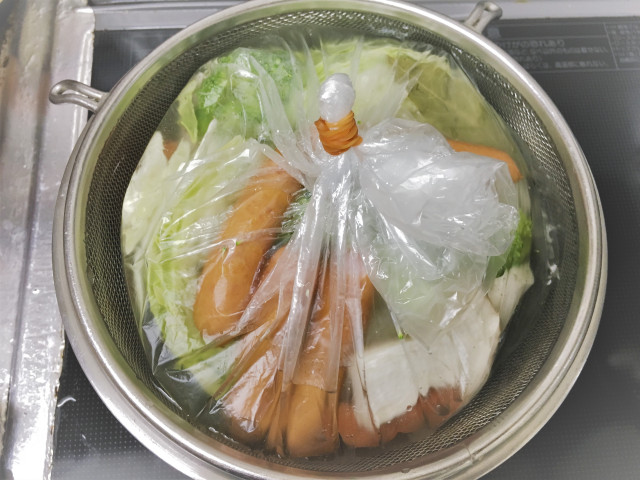
 The gyudon beef bowl that cooks itself in a box like magic
The gyudon beef bowl that cooks itself in a box like magic We tried making natto the old-fashioned way, and the result was unexpected but delicious 【SoraKitchen】
We tried making natto the old-fashioned way, and the result was unexpected but delicious 【SoraKitchen】 How to eat Japan’s super long noodles【Taste test】
How to eat Japan’s super long noodles【Taste test】 Starbucks Japan’s New Year’s lucky bag: One of the rarest fukubukuro of 2024
Starbucks Japan’s New Year’s lucky bag: One of the rarest fukubukuro of 2024 How to make tonkotsu ramen at home 【SoraKitchen】
How to make tonkotsu ramen at home 【SoraKitchen】 McDonald’s new Happy Meals offer up cute and practical Sanrio lifestyle goods
McDonald’s new Happy Meals offer up cute and practical Sanrio lifestyle goods All-you-can-drink Starbucks and amazing views part of Tokyo’s new 170 meter-high sky lounge
All-you-can-drink Starbucks and amazing views part of Tokyo’s new 170 meter-high sky lounge More foreign tourists than ever before in history visited Japan last month
More foreign tourists than ever before in history visited Japan last month Hamster abandoned at Tokyo ramen restaurant gets new home
Hamster abandoned at Tokyo ramen restaurant gets new home Beautiful Sailor Moon manhole cover coasters being given out for free by Tokyo tourist center
Beautiful Sailor Moon manhole cover coasters being given out for free by Tokyo tourist center Starbucks reopens at Shibuya Scramble Crossing with new look and design concept
Starbucks reopens at Shibuya Scramble Crossing with new look and design concept The oldest tunnel in Japan is believed to be haunted, and strange things happen when we go there
The oldest tunnel in Japan is believed to be haunted, and strange things happen when we go there Randomly running into a great sushi lunch like this is one of the best things about eating in Tokyo
Randomly running into a great sushi lunch like this is one of the best things about eating in Tokyo Is the new Shinkansen Train Desk ticket worth it?
Is the new Shinkansen Train Desk ticket worth it? Mister Donut ready to make hojicha dreams come true in latest collab with Kyoto tea merchant
Mister Donut ready to make hojicha dreams come true in latest collab with Kyoto tea merchant Disney princesses get official manga makeovers for Manga Princess Cafe opening in Tokyo
Disney princesses get official manga makeovers for Manga Princess Cafe opening in Tokyo We try out “Chan Ramen”, an underground type of ramen popular in the ramen community
We try out “Chan Ramen”, an underground type of ramen popular in the ramen community Beautiful new Final Fantasy T-shirt collection on the way from Uniqlo【Photos】
Beautiful new Final Fantasy T-shirt collection on the way from Uniqlo【Photos】 Foreign English teachers in Japan pick their favorite Japanese-language phrases【Survey】
Foreign English teachers in Japan pick their favorite Japanese-language phrases【Survey】 There’s a park inside Japan where you can also see Japan inside the park
There’s a park inside Japan where you can also see Japan inside the park Japanese convenience store packs a whole bento into an onigiri rice ball
Japanese convenience store packs a whole bento into an onigiri rice ball Studio Ghibli releases Kiki’s Delivery Service chocolate cake pouches in Japan
Studio Ghibli releases Kiki’s Delivery Service chocolate cake pouches in Japan Japan’s bone-breaking and record-breaking roller coaster is permanently shutting down
Japan’s bone-breaking and record-breaking roller coaster is permanently shutting down New definition of “Japanese whiskey” goes into effect to prevent fakes from fooling overseas buyers
New definition of “Japanese whiskey” goes into effect to prevent fakes from fooling overseas buyers Foreign passenger shoves conductor on one of the last full runs for Japan’s Thunderbird train
Foreign passenger shoves conductor on one of the last full runs for Japan’s Thunderbird train Our Japanese reporter visits Costco in the U.S., finds super American and very Japanese things
Our Japanese reporter visits Costco in the U.S., finds super American and very Japanese things Kyoto bans tourists from geisha alleys in Gion, with fines for those who don’t follow rules
Kyoto bans tourists from geisha alleys in Gion, with fines for those who don’t follow rules Studio Ghibli unveils Mother’s Day gift set that captures the love in My Neighbour Totoro
Studio Ghibli unveils Mother’s Day gift set that captures the love in My Neighbour Totoro Domino’s Japan now sells…pizza ears?
Domino’s Japan now sells…pizza ears? New Japanese KitKat flavour stars Sanrio characters, including Hello Kitty
New Japanese KitKat flavour stars Sanrio characters, including Hello Kitty Sales of Japan’s most convenient train ticket/shopping payment cards suspended indefinitely
Sales of Japan’s most convenient train ticket/shopping payment cards suspended indefinitely Sold-out Studio Ghibli desktop humidifiers are back so Totoro can help you through the dry season
Sold-out Studio Ghibli desktop humidifiers are back so Totoro can help you through the dry season Japanese government to make first change to romanization spelling rules since the 1950s
Japanese government to make first change to romanization spelling rules since the 1950s Ghibli founders Toshio Suzuki and Hayao Miyazaki contribute to Japanese whisky Totoro label design
Ghibli founders Toshio Suzuki and Hayao Miyazaki contribute to Japanese whisky Totoro label design Doraemon found buried at sea as scene from 1993 anime becomes real life【Photos】
Doraemon found buried at sea as scene from 1993 anime becomes real life【Photos】 Tokyo’s most famous Starbucks is closed
Tokyo’s most famous Starbucks is closed One Piece characters’ nationalities revealed, but fans have mixed opinions
One Piece characters’ nationalities revealed, but fans have mixed opinions We asked a Uniqlo employee what four things we should buy and their suggestions didn’t disappoint
We asked a Uniqlo employee what four things we should buy and their suggestions didn’t disappoint Princesses, fruits, and blacksmiths: Study reveals the 30 most unusual family names in Japan
Princesses, fruits, and blacksmiths: Study reveals the 30 most unusual family names in Japan Studio Ghibli’s new desktop Howl’s Moving Castle will take your stationery on an adventure
Studio Ghibli’s new desktop Howl’s Moving Castle will take your stationery on an adventure We try making imoni, the beloved taro and beef stew of northern Japan【SoraKitchen】
We try making imoni, the beloved taro and beef stew of northern Japan【SoraKitchen】 Which conveyor belt sushi place’s chawanmushi egg custard is the best? We investigate【Taste Test】
Which conveyor belt sushi place’s chawanmushi egg custard is the best? We investigate【Taste Test】 We tried cricket udon made with 100 crickets, and then we added some more crickets
We tried cricket udon made with 100 crickets, and then we added some more crickets Checking Amazon Japan’s Bath Salts Fukubukuro Lucky Bag for 2024
Checking Amazon Japan’s Bath Salts Fukubukuro Lucky Bag for 2024 New Japanese gadget is like a toaster for instant food pouches, gets you fed in a jiffy
New Japanese gadget is like a toaster for instant food pouches, gets you fed in a jiffy What’s for dinner? A US$113/3.3-pound sushi bowl from one of Japan’s favorite cheap restaurants
What’s for dinner? A US$113/3.3-pound sushi bowl from one of Japan’s favorite cheap restaurants Japanese girlfriend’s culinary revenge video shows hell hath no fury like a chef scorned【Video】
Japanese girlfriend’s culinary revenge video shows hell hath no fury like a chef scorned【Video】 Tokyo’s new frozen ramen vending machines are brain-breakingly amazing【Taste test】
Tokyo’s new frozen ramen vending machines are brain-breakingly amazing【Taste test】 Come camp with us on Mt. Jinbagata, the best view you can get without breaking a sweat【SoraCamp】
Come camp with us on Mt. Jinbagata, the best view you can get without breaking a sweat【SoraCamp】 How much more expensive is it to use microwave rice packs instead of cooking/freezing your own?
How much more expensive is it to use microwave rice packs instead of cooking/freezing your own? Let’s cook up some noodles measuring 3.6 meters (12 feet) in length!【SoraKitchen】
Let’s cook up some noodles measuring 3.6 meters (12 feet) in length!【SoraKitchen】 Canned bento?!? We try out a cheaper alternative to canned Yoshinoya【Taste test】
Canned bento?!? We try out a cheaper alternative to canned Yoshinoya【Taste test】 What’s it like to eat eel from a Japanese vending machine?
What’s it like to eat eel from a Japanese vending machine? Put your washing machine to better use – cook Chinese soup with it!【Video】
Put your washing machine to better use – cook Chinese soup with it!【Video】 Hotel guest who boiled crabs in room’s kettle angry to have to pay for damages
Hotel guest who boiled crabs in room’s kettle angry to have to pay for damages
Leave a Reply